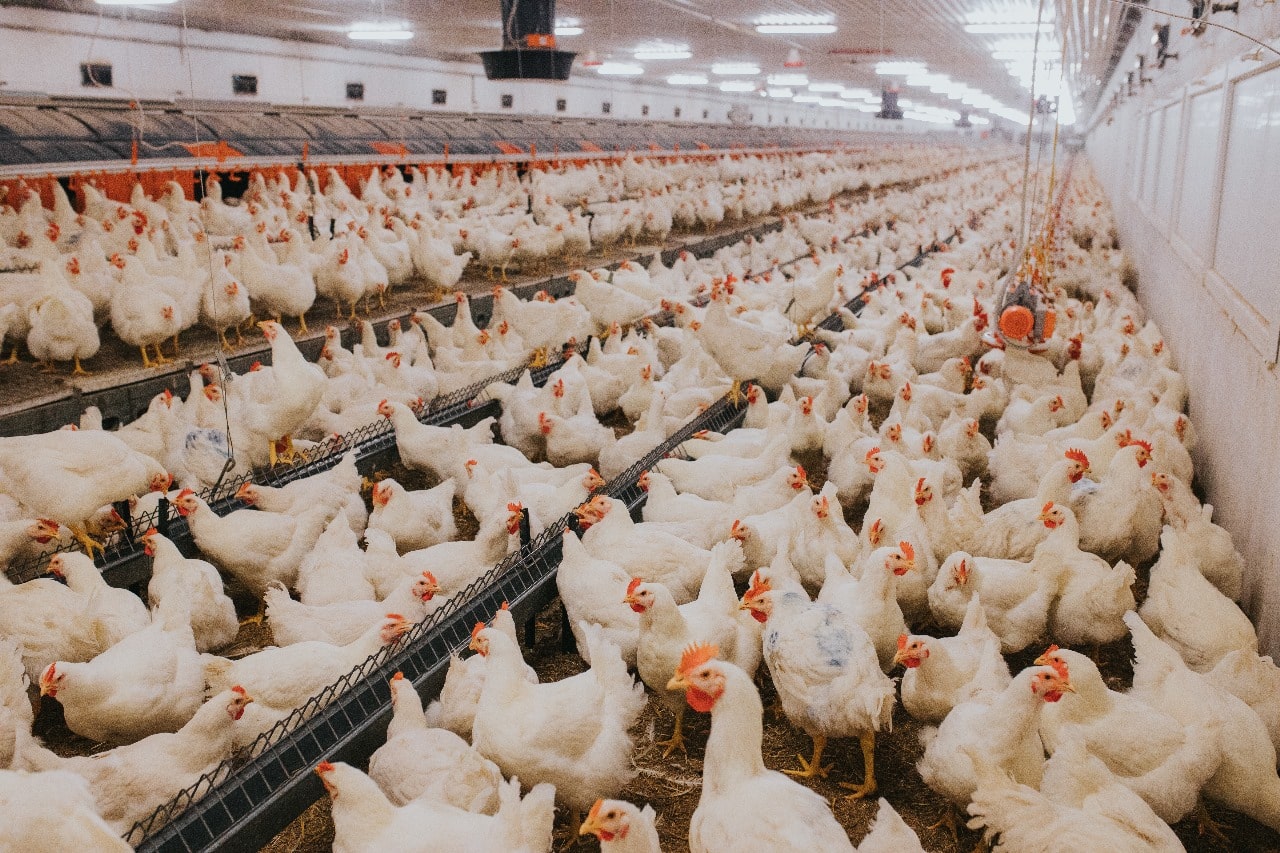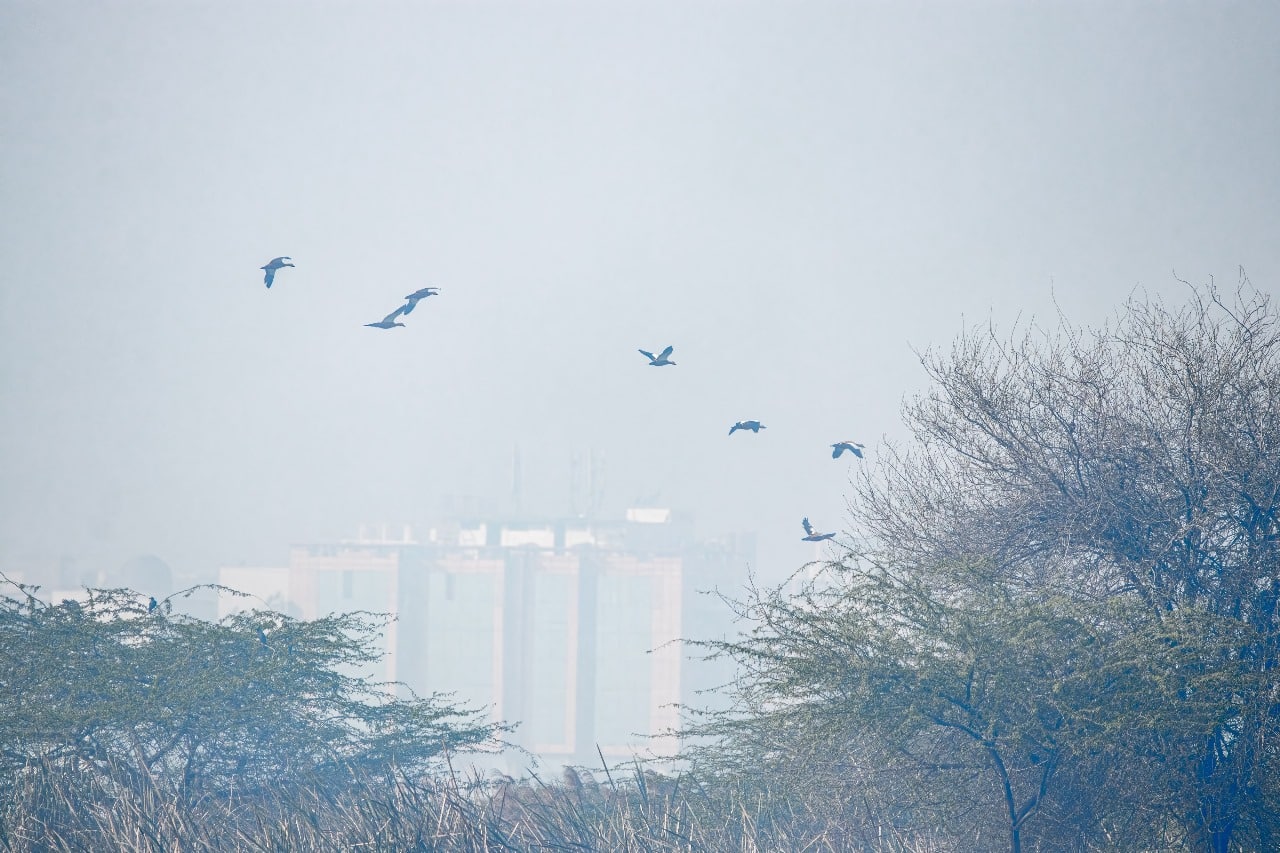Welcome to WordPress. This is your first post. Edit or delete it, then start writing!
Introduction
Lumpy skin disease (LSD) is a contagious viral disease that primarily affects cattle and water buffalo. It is caused by the lumpy skin disease virus (LSDV), which belongs to the Capripoxvirus genus of the Poxviridae family. LSD is characterized by the formation of nodules on the skin and other parts of the body, accompanied by fever, lacrimation, and hypersalivation. The disease can cause significant economic losses due to reduced milk production, hide damage, and mortality.
Transmission
LSDV is primarily transmitted by blood-feeding insects, such as mosquitoes, biting flies, and ticks. Direct contact between infected and susceptible animals can also spread the virus. Contaminated fomites, such as feed, water, and vehicles, can also play a role in transmission.
Clinical Signs
The incubation period for LSD ranges from 4 to 14 days. The clinical signs of LSD vary depending on the severity of the infection. However, the most common signs include:
- Fever
- Lacrimation
- Hypersalivation
- Nodules on the skin and other parts of the body, such as the muzzle, udder, and genitals
- Enlarged lymph nodes
- Reduced milk production
- Abortion
Diagnosis
LSD can be diagnosed based on clinical signs, histopathology, virus isolation, or PCR. Histopathology involves examining tissue samples from the skin nodules or other affected organs. Virus isolation involves culturing the virus in cell cultures or embryonated eggs. PCR is a molecular diagnostic technique that detects the presence of viral DNA.
Prevention and Control
Vaccination is the most effective way to prevent and control LSD. There are two main types of LSD vaccines: live attenuated vaccines and inactivated vaccines. Live attenuated vaccines are more effective in preventing clinical signs and mortality, while inactivated vaccines are safer but may not provide complete protection.
Other control measures include:
- Controlling insect vectors through the use of insecticides and repellents
- Restricting movement of cattle from infected areas
- Isolating infected animals
- Practicing good hygiene and biosecurity measures
Economic Impact
LSD can cause significant economic losses due to reduced milk production, hide damage, and mortality. The disease can also disrupt trade and tourism. In 2016, the estimated global economic impact of LSD was approximately $1.3 billion.
Conclusion
Lumpy skin disease is a serious threat to cattle production worldwide. Vaccination is the most effective way to prevent and control the disease. Early detection and implementation of control measures are also important to minimize the impact of LSD outbreaks.




